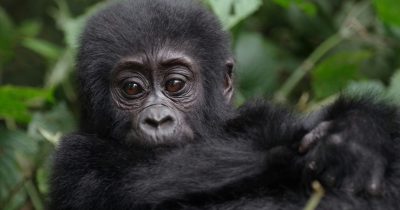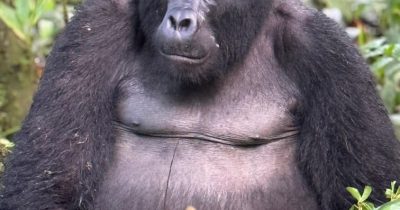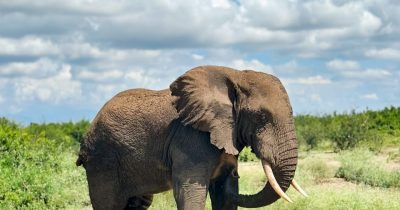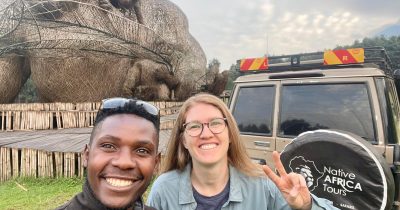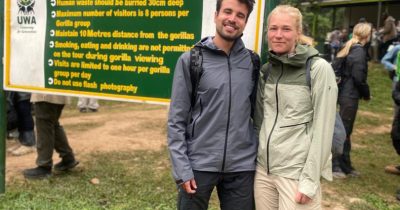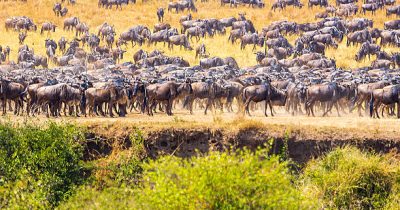What is the Best Time to Visit Tanzania?
The question of the “best time to visit Tanzania” is one of those we frequently receive from visitors, especially first-timers. What makes it even more interesting is the fact that most people even seem to have it wrong. Some intending travelers even express their devastation because they aren’t able to visit during what they believe to be the “bad” season, only to discover that they had the wrong idea.
Tanzania is popular for its breathtaking white sand beaches (in Zanzibar), vibrant Cities (like Dar es Salaam), hospitable people, exotic Islands, rich cultural heritage, colorful markets, wildlife, and bird diversity. This makes it a year-round safari destination that caters to the needs and aspirations of different travelers. Take strolls along cobbled streets on Zanzibar Island, encounter Eastern chimpanzees in Mahale Mountains National Park, and enjoy sights of elephants etched against baobab trees in Tarangire National Park.
All in all, besides the fact that many months will foster thrilling safaris throughout this stunning East African country, some adventures are better when done during certain times of the year. Interestingly, these also include the rainy season (although they are few).
Nonetheless, to make the most of your Tanzanian safari, it is better to understand the nuances of Tanzania’s climate and make comprehensive plans for your trip accordingly. So, our article provides a detailed guide, with pointers, on the best time to visit the home of the Serengeti. Even if you have absolutely no idea when to visit Tanzania or simply hope to confirm or debunk the assumptions you have made, you will want to continue reading!

Why when you visit Tanzania matters?
You might be wondering why it matters to know the best time to visit Tanzania, but this simply helps in planning the activities that go well in the months chosen. You wouldn’t want to plan your ultimate Zanzibar Beach Vacation (or even honeymoon), only to discover it has rained heavily. Or better still, you don’t want to go for game drives when the vegetation has overgrown and wildlife is difficult to spot. This information will also help catch up with the seasonal wildebeest migration, perfect months for climbing Mount Kilimanjaro or catching some of the popular festivals.
It is not usually about Tanzania’s weather but taking a long-awaited safari to this stunning country during very crowded times (unless you are interested in the Sauti za Busara festival, the Kilimanjaro Marathon, Bugamoyo Festival of Arts and Culture) is key to remaining sane. Whether you are looking for unforgettable Tanzania safari packages or planning to visit independently, our article will provide information on the different activities you can enjoy during certain months.
June to September: Perfect for wildlife viewing
The months of June, July, August, and September are Tanzania’s cooler and dry season. This is the time when wildebeests make their way northwards on their seasonal migration. Wildebeests are usually accompanied by gazelles and zebras and make their way to the greener grasses of Masai Mara Game Reserve in Kenya.
If you are interested in mountain climbing, these months are also the best because the lower slopes of Mount Kilimanjaro are mud-free. Your Tanzania Beach Vacation is also perfect during the dry months as coastal spots like Zanzibar gain popularity. All in all, this time is wonderful for taking a safari to Tanzania, but the downside is huge crowds at destinations and higher rates because it is also a peak season. Also, it is important to note that the heat can be quite intense thus don’t leave behind sunscreen at all times.
The intense dry season
As the dry season advances in July and August, wildlife starts congregating around diminishing water points and vegetation becomes sparser. In so doing, the animals are easier to spot hence making it the prime/peak of Tanzania’s safari season. Ruaha National Park, in Central to Southern Tanzania, brims with wildlife during these months, while Katavi National Park in the west becomes popular for its huge Hippo pods struggle for space around the diminishing mud wallows.
If you are looking at undertaking chimpanzee trekking, this might be the best time to go to Mahale and Gombe National Parks. Great Apes love lower down the steep slopes hence making it easier to track them in their natural habitat.
June to September is also perfect for climbing the mountains of Meru and Kilimanjaro, as well as the northeastern Usambara Mountains. This is because hiking trails are mud-free and not slippery thus less challenging to navigate.
October to February: Bird-watching tours and fewer crowds
Tanzania’s shoulder season begins in October and if you visit during this time, you will notice a fraction of the peak season crowds. This is also an excellent time for wildlife viewing as it is mostly marked by sunny and dry spells.
The actual rainy season in Tanzania lasts from the end of June to October. Although this period deters some visitors from exploring this beautiful country, it surprisingly offers unique advantages. For instance, prices drop, and the secluded countryside blooms with lush natural beauty. Interestingly, Zanzibar Island with its unique charm, can still be enjoyed during brief rain spells. October also brings about the blooming of Jacarandas in Arusha and Moshi (for the northern region) as well as Mbeya (for the southwestern region).
Intense rains
Short rains begin intensifying in November and this is known as the “mango season” in Tanzania. You will notice some of the freshest fruits along roadsides until the end of November. This is also known as the peak season for birding tours. Prices begin skyrocketing from mid-December through the New Year season (first two weeks of January) as most accommodation facilities offer shoulder-season rates.
February is known as the hottest month in Tanzania, especially along coastal regions. This is also the peak Calving season in Serengeti National Park, while orchids are at their peak in Kitulo National Park. This is therefore the best time to visit Tanzania for wildflowers. The dry period from December to February is extremely dry in Northern Tanzania destinations such as Mount Kilimanjaro, hence making them wonderful for mountain climbing.
March to May: Perfect for verdant landscapes and lower rates
Tanzania’s main rainy season begins from mid-March until the end of May. The heavy downpours experienced during these months make hiking trails muddy and slippery, as well as Park roads slippery and sometimes impassable. Accommodation facilities along the Coast of Tanzania as well as those in the western and southern tourism circuit are deserted, with the few offering discounts.
Surprisingly, there is still a lot of sunshine (despite the wetness) and if your reason for visiting Tanzania is to experience the rich cultures and avoid the huge crowds, then this is the perfect time for you. Thanks to the increased precipitation levels, landscapes across Tanzania become verdant green and tourist numbers are low. Rains peak between late- April and early June with the wildebeests beginning their long journey northwestwards to Kenya’s Masai Mara Game Reserve.
In conclusion, the best time to visit Tanzania depends on an individual’s preferences and priorities. You might be yearning for a secluded beach retreat, a bustling cultural experience, a wildlife safari that is combined with the wildebeest migration, or a budget-friendly safari. It is important to understand Tanzania’s climate and seasonal events that will ease planning the most unforgettable safari to the home of the Serengeti.

